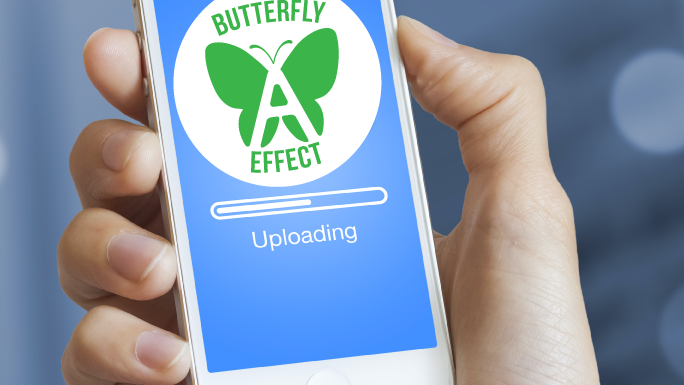Threat Assessment Teams: Six Tools Most Community and Organization TATs Are Missing
Threat Assessment Teams (TATs) play a very important role in prevention efforts and making organizations and communities safer and are even more critical today due to the COVID-19 pandemic that has created more stressors and even more at-risk individuals for TATs to address. TATs have existed for a very long time in schools, higher education institutions, organizations, and communities, but increasing violence, suicides, and other incidents create concerns and questions on what is missing. Threat Assessment Teams: A Brief History TATs are often one of the main topics of discussion after horrific tragedies. For example, after the Columbine Massacre in April 1999 federal entities likeRead More →







